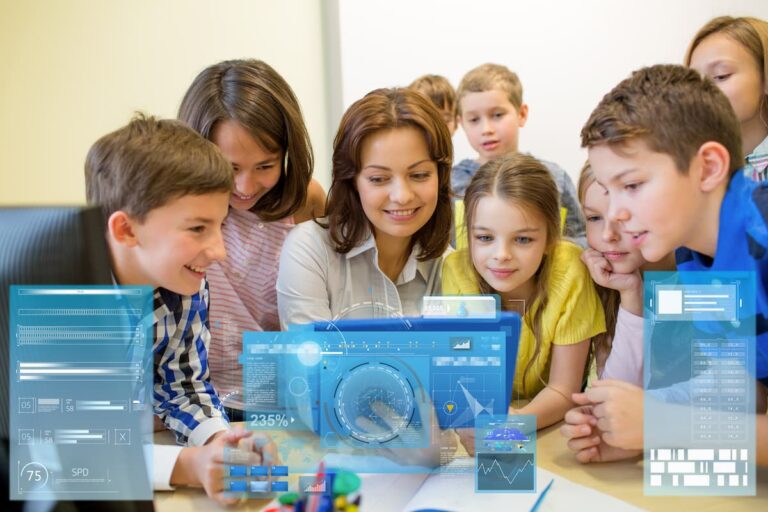Teachers have an enormous amount of work to do. In addition to teaching in the classroom, lesson planning, grading, and answering emails take up almost all of their free time.
Most of these tasks are tedious. Fortunately, numerous Educational Technology (EdTech) tools automate routine tasks and let teachers focus on what really matters.
With the rise of AI-powered solutions, it was only a matter of time before these tools reached the education sector.
AI in education: a closer look
Over the last few years, we have seen a great influx of AI use in the classroom. Most of it comes in the form of automation, assistive technologies for students, and even AI-powered tutoring. And it’s not just assumptions or wishful thinking — the market speaks for itself.
The market overview
According to Grand View Research, the global AI in education market size was estimated at $5.88 billion USD in 2024 and is projected to grow at a CAGR of 31.2% from 2025 to 2030.

And this growth didn’t come from a vacuum. Here are some key drivers behind AI tools’ success:
- The UK gave funding to EdTech companies for building teacher AI tools;
- A study was released suggesting positive outcomes behind the use of AI tools in the classroom;
- The start of the “AI for science education” funding program by the Education Bureau of Hong Kong.
See also: AI in EdTech: Pros, cons and use cases
Types of AI tools in education
AI tools in education come in different forms, each serving a specific purpose. Some assist with grading and assessments, reducing tedious paperwork. Others facilitate lesson planning, content creation, and even real-time student feedback.
Adaptive learning platforms personalise instruction, while AI chatbots can respond to common student queries.
Grading and assessment tools
Tools like Gradescope or AI-assisted quiz makers can evaluate multiple-choice tests, provide instant feedback, and even analyse written responses for common patterns. While they’re not perfect for grading essays, they can handle routine assessments and free up time for more meaningful feedback.
Lesson planning and content creation tools
AI can assist with brainstorming lesson ideas, generating worksheets, or summarising complex topics. Tools like Quillionz can help create quizzes, discussion prompts, or even sample explanations for tricky concepts. Instead of starting from scratch, teachers can use AI-generated content as a foundation and tweak it to fit their teaching style.
AI chatbots and virtual assistants
Some schools use AI chatbots to handle routine student questions, like assignment deadlines or course materials. Platforms like IBM Watson Assistant can provide instant responses, reducing the time teachers spend answering repetitive queries. Such tools are perfect for handling basic questions; however, humans should still address the more complex ones.
Classroom management and organisation
Keeping track of schedules, assignments, and student progress can be overwhelming. AI-powered tools like Google Classroom help automate reminders, sort through emails, and organise lesson materials in one place.
They won’t replace a well-structured classroom routine, but they can help keep things running smoothly.
See also: Benefits and challenges of educational technology tools
Benefits of using AI tools for teachers
On top of the high interest in AI tools from governments worldwide, the teachers themselves are interested in the development and improvement of these tools.
While attending BETT UK this year, Altamira spoke to industry experts about how AI can benefit teachers and students. The general consensus is that AI is gradually finding its place in education, with many teachers and administrators beginning to explore how it can support their work.
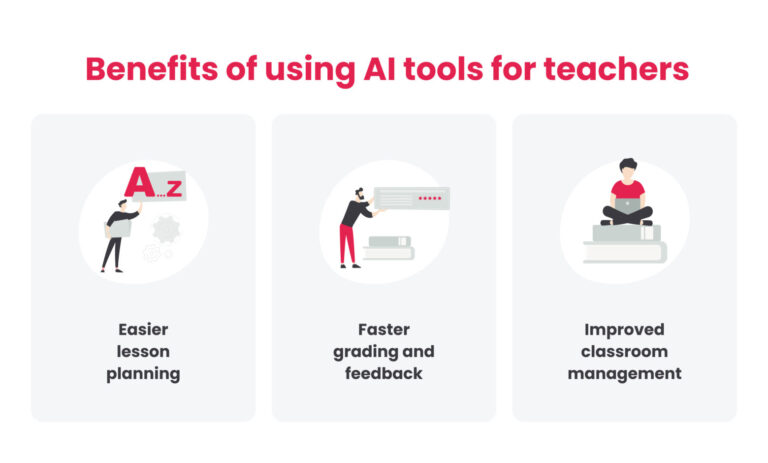
Easier lesson planning
Teachers are starting to use AI tools to help with lesson planning, from generating ideas to quickly creating materials. Some AI systems can pull together relevant resources or even analyse data from a school’s management system (MIS) to identify gaps in learning.
And it’s just the beginning, AI already takes up most of the paperwork and planning via automated processes, allowing teachers to focus on their primary job.
Faster grading and feedback
Grading is one of the most time-consuming parts of teaching, and AI is helping to speed up the process. Many schools are experimenting with AI-assisted grading tools that can handle multiple-choice assessments and even provide feedback on written work.
While not perfect, these tools help teachers get a clearer picture of student progress without spending hours marking assignments. Students also use AI for homework, so ensuring academic integrity is an ongoing challenge.
However, AI itself is being used to help teachers detect AI-generated content.
Improved classroom management
AI is also being integrated into school management systems to streamline administrative tasks. Tools that allow teachers to generate reports quickly, track student progress, and organise schedules are becoming more common.
While AI is not yet transforming education in a dramatic way, its role as an administrative assistant is growing. Many educators are still figuring out how best to use these tools, and there’s a need for better training and guidance.
However, as AI continues to develop, its ability to help with classroom organisation and student monitoring is likely to expand.
See also: EdTech examples that are making a difference in education
5 examples of AI tools for teachers
Just stating the benefits of AI for teachers isn’t enough to see how it actually impacts their work. This is why we have gathered five real-world examples to give you a better idea of what to expect.
Altamira’s AI-powered EdTech platform
As one of the leading EdTech solutions developers, one of our recent projects is related to AI-powered tools for teachers.
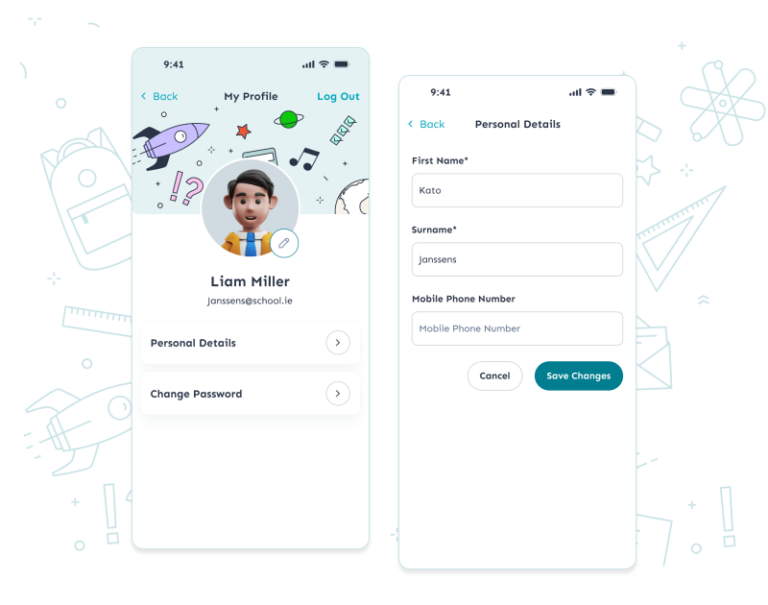
Our client contacted us to modernise the educational process to meet the needs of all parties involved: the students, their parents, teachers, and the school administration. Altamira’s objective was:
- To create a platform integrated into the US school environment;
- Develop an AI-powered assistant that improves e-learning outcomes.
This project was complex because it had to account for nuanced needs, which you can read more about here.
Our AI-powered solution helps teachers ensure a streamlined student learning experience. A platform and an assistant work together to help teachers share study materials and create student assignments.
Our expert knowledge of EdTech solutions helped turn the client’s vision into a functional and impactful platform. Contact us to learn more about how you can turn your vision into reality.
EdPuzzle’s teacher assist
EdPuzzle’s Teacher Assist helps educators make video-based learning more efficient. Instead of manually crafting questions and summaries, teachers can use AI-powered suggestions to generate them quickly.
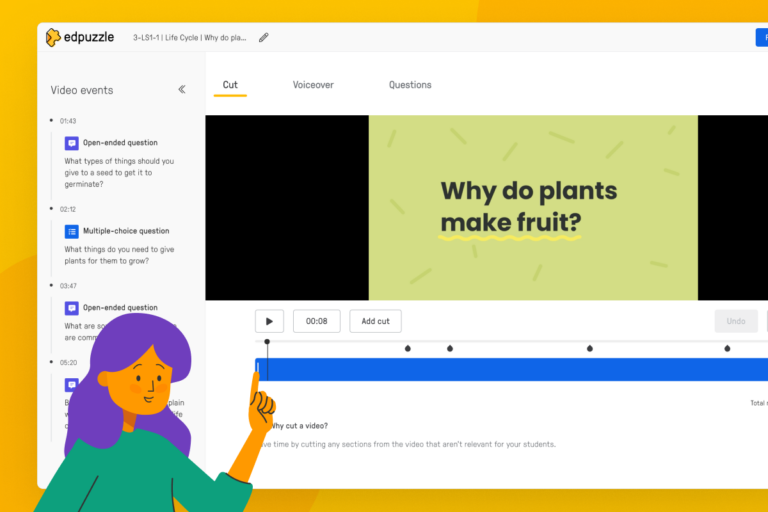
This tool speeds up tedious tasks, allowing teachers to focus more on student engagement and lesson delivery. It’s a simple way to streamline interactive video lessons without spending extra hours on preparation.
Brisk Teaching
Brisk Teaching acts as an extra pair of hands for teachers, helping with lesson planning, assessment, and feedback. It can suggest lesson ideas, analyse student work, and even provide quick insights on areas for improvement.

The goal is to reduce repetitive tasks so educators can spend more time working directly with students.
AudioPen
AudioPen offers an easy way to turn spoken words into organised text. This tool converts voice recordings into readable, structured notes. It’s a simple solution for anyone who thinks faster than they type.
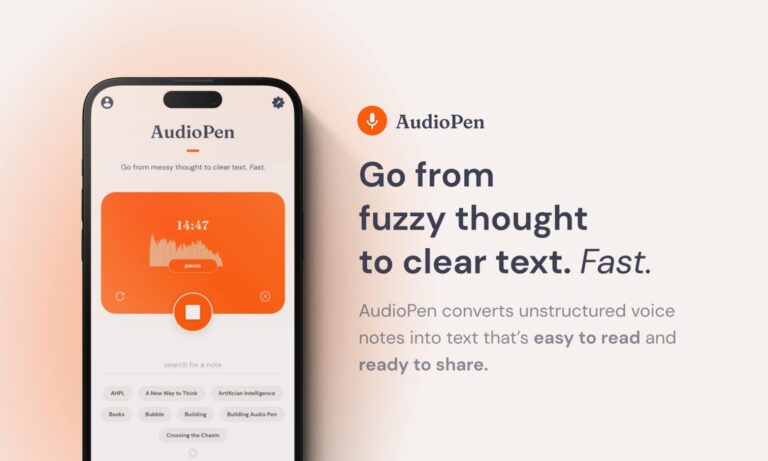
It makes creating drafts for future lessons, recording reminders, and brainstorming easier, as all of the spoken information is converted into structured notes.
Quizizz
Quizizz helps teachers create engaging quizzes and activities without the hassle of manual grading. With options for live or self-paced quizzes, it works well for both in-class learning and homework.
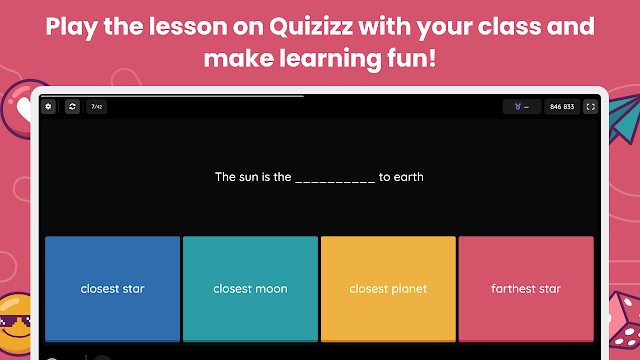
The platform also provides instant feedback, helping students learn as they go. It’s a practical way to keep assessments interactive without adding to the grading pile.
Final words
AI-powered tools can save teachers a lot of time. They automate tedious tasks, allowing teachers to focus on what truly matters—educating students.
With the continuous growth of EdTech and heavy investments in AI technologies, it’s only a matter of time before every school will utilise assistive technologies both online and on campus.
How Altamira can help
Whether you are looking to create AI-powered tools for teachers or complex EdTech solutions, our approach is guaranteed to reduce your stress.
As a zero-headaches software partner, we have a proven track record of pushing the boundaries of what’s possible with technology. We value transparency and believe that tangible results are the best way to demonstrate our commitment to your success.
Get in touch to start a fruitful partnership that will bring results without headaches.
FAQ
Yes, AI-powered tools help teachers with lesson planning, grading, personalised learning, and even administrative tasks. Platforms like ChatGPT, Grammarly, and adaptive learning software can save time and more effectively support students.
ChatGPT has a free version that anyone can use, but there’s also a paid version (ChatGPT Plus) with additional features. While it’s not specifically designed for teachers, it can be a helpful tool for lesson ideas, explanations, and even feedback on student work.
AI is being used to automate repetitive tasks, provide instant feedback to students, and personalise learning experiences. Some teachers use AI chatbots to answer student questions, while others rely on them to generate quizzes or summarise complex topics. It’s not a replacement for good teaching, but it can be a useful assistant.
No. AI can provide support, but it lacks the creativity, empathy, and adaptability that great teachers bring to the classroom. While it can handle certain tasks, real teaching involves human connection, critical thinking, and mentorship—things AI simply can’t replicate.


